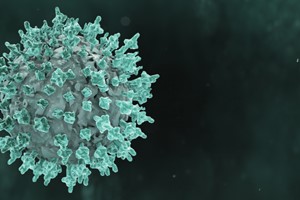Over the recent decades, there has been a concerted effort to discover alternative natural substitutes for synthetic chemical preservatives used in mitigating microbial contamination in food. A study featured in the Food Quality and Safety journal, conducted by researchers from Zhejiang A&F University and Zhejiang University, has shed light on the promising potential of natural preservatives as effective alternatives to synthetic chemicals, particularly in the preservation of meat.
The review outlines various natural compounds, such as phages and their endolysins, bacteriocins, and plant-derived substances, showcasing their ability to counteract pathogenic bacteria in meat products. The researchers advocate for the adoption of streamlined methodologies and clear guidelines to facilitate the seamless transition of these natural preservatives from laboratory settings to industrial applications.
The study strongly advocates for the use of natural alternatives in meat preservation, underscoring the targeted efficacy of bacteriophages and their endolysins against specific bacterial pathogens like Salmonella and E. coli. It also explores the potential of bacteriocins, antibacterial peptides produced by bacteria, emphasizing the necessity of genetic engineering to enhance their effectiveness. Additionally, the research acknowledges the antimicrobial properties of plant extracts and essential oils, while acknowledging the challenges they face in practical applications. Lipopeptides, especially those derived from Bacillus species, are highlighted for their unique structure and antimicrobial activity.
In conclusion, the study affirms that these natural compounds exhibit substantial potential in reducing pathogenic bacteria in meat products. However, their successful integration into widespread industrial use is contingent upon overcoming challenges related to their efficacy, stability, and safety in various food contexts.
foodprocessing.com.au














